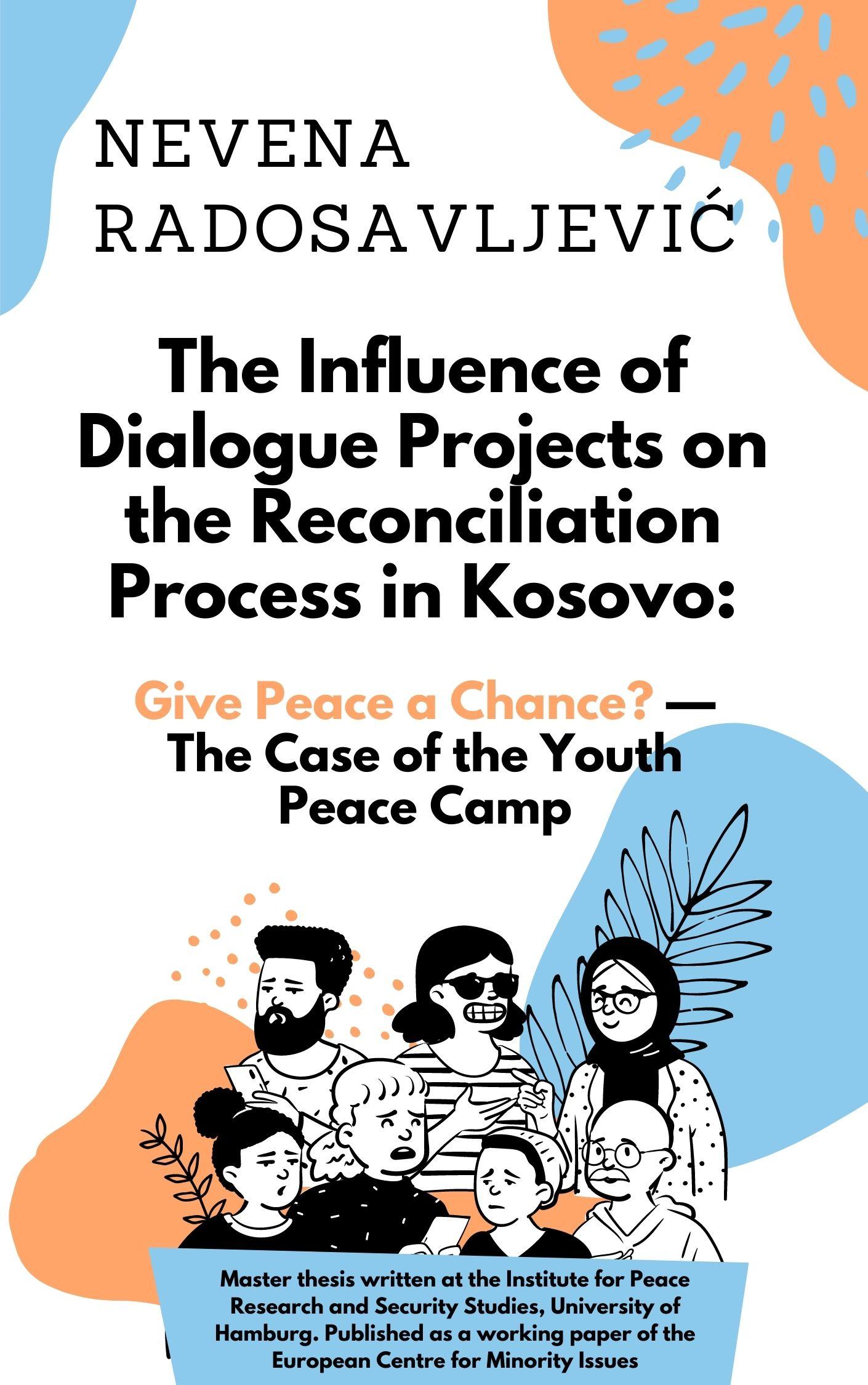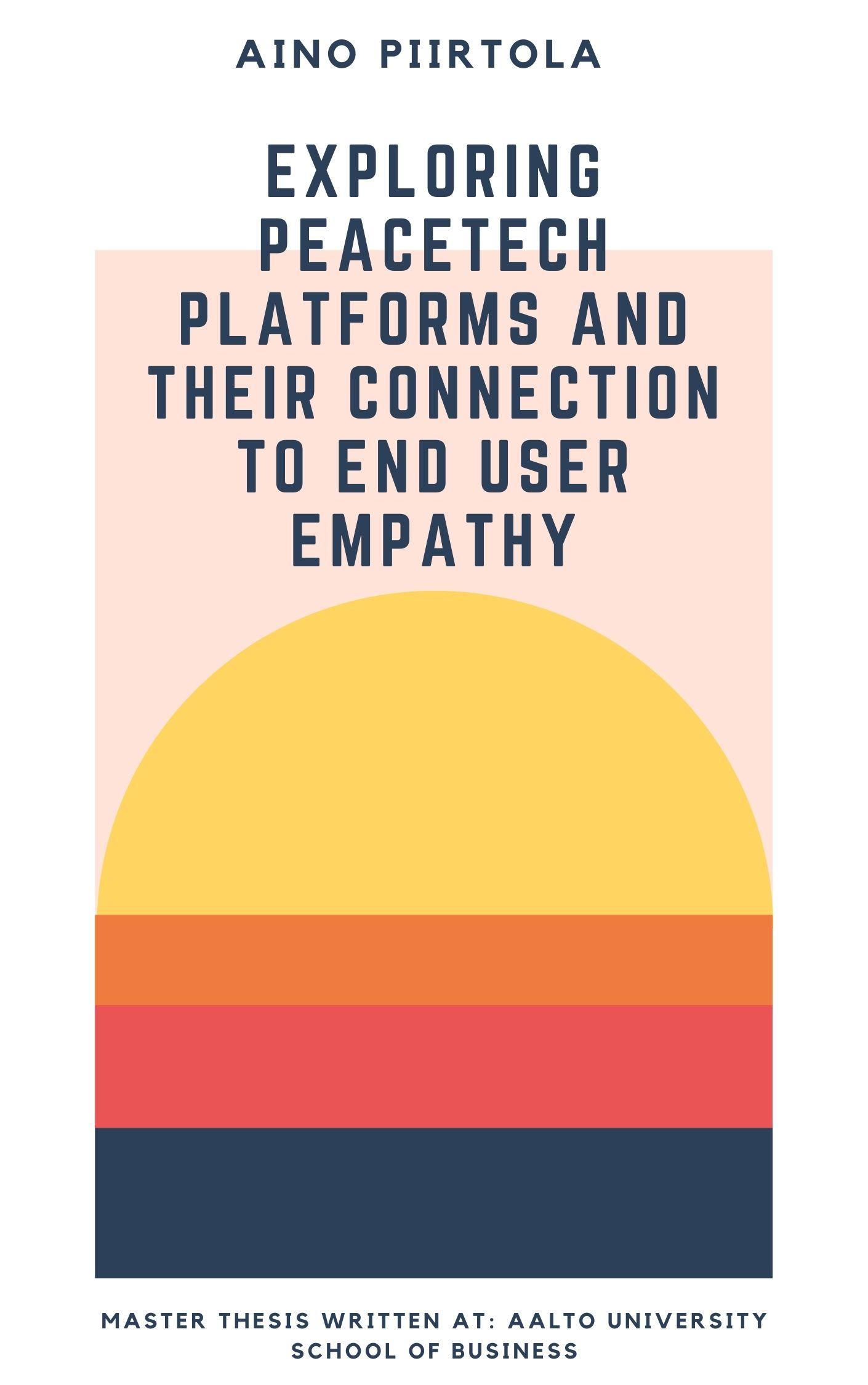
Peace in Academia
raising awareness on formal peace education
ABOUT
In YPAN we are passionate about peace in non-formal education. But peace is also very present in formal education — academia.
With this “Peace in Academia” page we would like to raise awareness on formal peace education, especially that we have great minds in this field in the YPAN and around.
This collection of thesis is just part of our sources on peace dilemmas, state of peace and human rights and young people’s engagement at the grass root level.

Maria says: “I apply critical theories on power politics to analyse the power dynamics between the Moroccan regime and the broader Sahrawi group. I pose the research question: How does Moroccan occupation influence Sahrawi resistance in the Western Sahara conflict? In particular, this thesis focuses on the development of violent to nonviolent resistance.”
Key words: Western Sahara; Conflict Transformation; Nonviolent Resistance; Occupation; Critical Theory

Lisa`s presenting her thesis: “Employing the grounded theory methodology, the study explores the conceptual potential of developing a visual arts-based approach to peace mediation from empirical experiences in the fields of mediation, graphic recording and art therapy. Visual arts-based mediation emerges as an approach to peace mediation implying the utilization of visual art-making throughout the mediation process to address the identified gaps in practice and theory. While the possible role of visual art-making in mediation processes is outlined, the concrete stages and degrees of its employment in the mediation space are left to the discretion of the comprehensively trained (in visual art-making and conflict transformation) mediator.”
Key words: Visual arts, peace mediation, conflict transformation

Nevena on her thesis: “This paper is further exploring the role of dialogue projects in the reconciliation process in Kosovo. It examines the case of Youth Peace Camp (YPC) which can be seen as a dialogue project, organized by the Council of Europe. Through the empirical research about the Youth Peace Camp, this research seeks to find elements of reconciliation recognized by a theoretical framework. According to this framework, reconciliation can be seen as space where two sides of the conflict are meeting in order to work on (re)building relationships; where they speak of the past and share their sufferings and experiences, work on acceptance of each other without feelings of hatred, change perceptions by getting to know the “other” and work on a common, interdependent future. Based on survey and questionnaires with previous participants of the YPC, as well as on the participant observation and interviews with participants at the YPC 2018, the correlations between the YPC impact and reconciliation have been found.”
Key words: dialogue projects, reconciliation, peace-building, grassroots level of peace-building, Kosovo

Summary of Aino`s thesis: The use of technology for peacebuilding is not a novel phenomenon, yet the adoption of new technologies has not been as rapid as their development and integration in our daily lives. At the same time, there has been more and more research indicating that empathy is a key component of peace and increased empathy can lead to building longer lasting and sustainable peace. Moreover, there is proof that different technological platforms can be used to foster empathy. Combining the three areas of interest, this thesis aims to shed light on the current state of technology use for peacebuilding and whether peace technologies, or peacetech, can be used to enhance empathy. This study was conducted as an exploratory, qualitative research to understand the use of peacetech better. Data for the research was collected through semi-structured interviews with peace practitioners who represented different areas of expertise within the peacebuilding field. [expander_maker id=”1″ more=”Read more” less=”Read less”]The data analysis was conducted as an iterative process, where the interviews were first transcripted and then the key findings were inductively identified and categorized. Finally, the key findings were discussed in relation to previous research and literature on the topics at hand to build bridges between the past and present moment. The findings indicate that still today, regardless of the ongoing technological development, the use of technology for peacebuilding is rather limited. Yet, technology possesses a lot of potential for peacebuilding, which based on the data should be released by further integration of technological platforms in the work of peace practitioners. Furthermore, empathy was considered a key component of peace and a base for trust and common understanding, which can be enhanced using technology. Storytelling was raised as an essential tool for enhancing empathy as stories enable us to experience the world through someone else’s eyes. The most prominent technologies for fostering empathy included social media platforms and immersive technologies, such as virtual reality (VR).
Keywords: Peacetech, peace technology, empathy, empathetic technologies, peacebuilding, peace. [/expander_maker]
Do you have your thesis or story to share? We are looking for more stories of young people engaged in peacebuilding — so do contact us if you would like to share one.